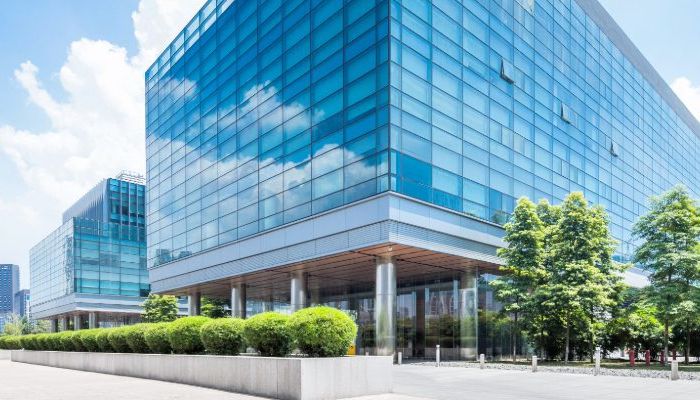I wrote in January about the need for organizations to begin to measure the utilization of their space in real-time. I covered several factors leading up to this need including the increased mobility of the workforce and the tech reasons that have fueled those trends. The need (and desire) for employees to be able to work anytime and anywhere has been powered by maturation of advanced mobile technologies that have evolved since the 2007 introduction of the first iPhone.
In the past few years alone, the emergence of Internet of Things (IoT) sensor-based technologies are enabling our ability to track the utilization of space in real-time. These sensors are evolving at a rapid pace due to the development of extremely low power devices powered by Power Over Ethernet (POE) or incredibly efficient batteries which are greatly increasing the usable length of services that use devices that cannot be plugged in. That combined with better connectivity and the development of a range of devices meant to solve specific problems now means facility teams can quickly and cost effectively deploy a range of sensor based real-time space utilization technologies which I am going to cover below.
Inside each of the categories below are a range of different options so I am going to keep them general in nature. High level groupings of several of these sensor types are below:
Furniture Sensors
Furniture sensors are a broad category and are typically used to measure the amount of time an employee is sitting at a specific location. FM:Systems has deployed sensors that are typically battery powered, are stuck beneath chairs and desks and communicate wirelessly to a hub which connects real-time occupancy data from up to a hundred work points. These sensors use heat and vibration sensing to detect the presence of workers and can provide excellent visibility into actual space utilization over a given period.
People Sensors
There a variety of sensor types that I am lumping beneath people sensors that primarily perform the function of people counting such as cameras and motion sensors. FM:Systems integration with Hella 3D stereoscopic cameras enables organizations to see the number of people going in and out of a designated area in real-time on FM:Interacts FMx5 Floor Plan viewer. The video below shows a conference room with a maximum capacity of 7 on the left and has a real-time feed of people walking in and out of that conference room on the right. You can see while people enter the conference room, the floor plan is updated in real-time with the amount of people in the room and once capacity has been reached, the counter turns red. This integration allows you to better analyze your data by seeing the real-time occupancy of your facility space and can also be used to maintain safety regulations and requirements.
Geo-Tracking
![]() Geo-tracking provides real-time location (RTLS) capabilities indoors and can be used to track the location of assets or equipment within a facility. Essentially this technology uses Wi-Fi Access points to triangulate and track laptops and other mobile devices and is often already installed in facilities or can be easily installed by your IT team. An example of this type of technology is the Cisco Meraki platform which currently integrates with FM:Interact and enables the display of an asset location heatmap in the FMx5 Floor Plan viewer.
Geo-tracking provides real-time location (RTLS) capabilities indoors and can be used to track the location of assets or equipment within a facility. Essentially this technology uses Wi-Fi Access points to triangulate and track laptops and other mobile devices and is often already installed in facilities or can be easily installed by your IT team. An example of this type of technology is the Cisco Meraki platform which currently integrates with FM:Interact and enables the display of an asset location heatmap in the FMx5 Floor Plan viewer.
Multi-sensors
There is an entirely new type of sensor platform that is just hitting the market which provides the ability to multiple sensor types on a single piece of hardware. An example of this is intelligent digital lighting systems such as the CREE Smart Cast Lighting solution which contains several different sensors including the ability to perform data light harvesting, temperature control, lighting level control, real-time space utilization information and more. Similar to the geo-tracking capabilities listed above, FM:Interact enables the display of information from the CREE Smart Cast Lighting solution as a heatmap in the FMx5 Floor Plan viewer.
All of these different sensor types and more fully integrate with our FMx Sensor platform to provide better insight to organizations who want to use sensor based real-time space utilization technologies to help them to measure how effectively their physical space is being used.










